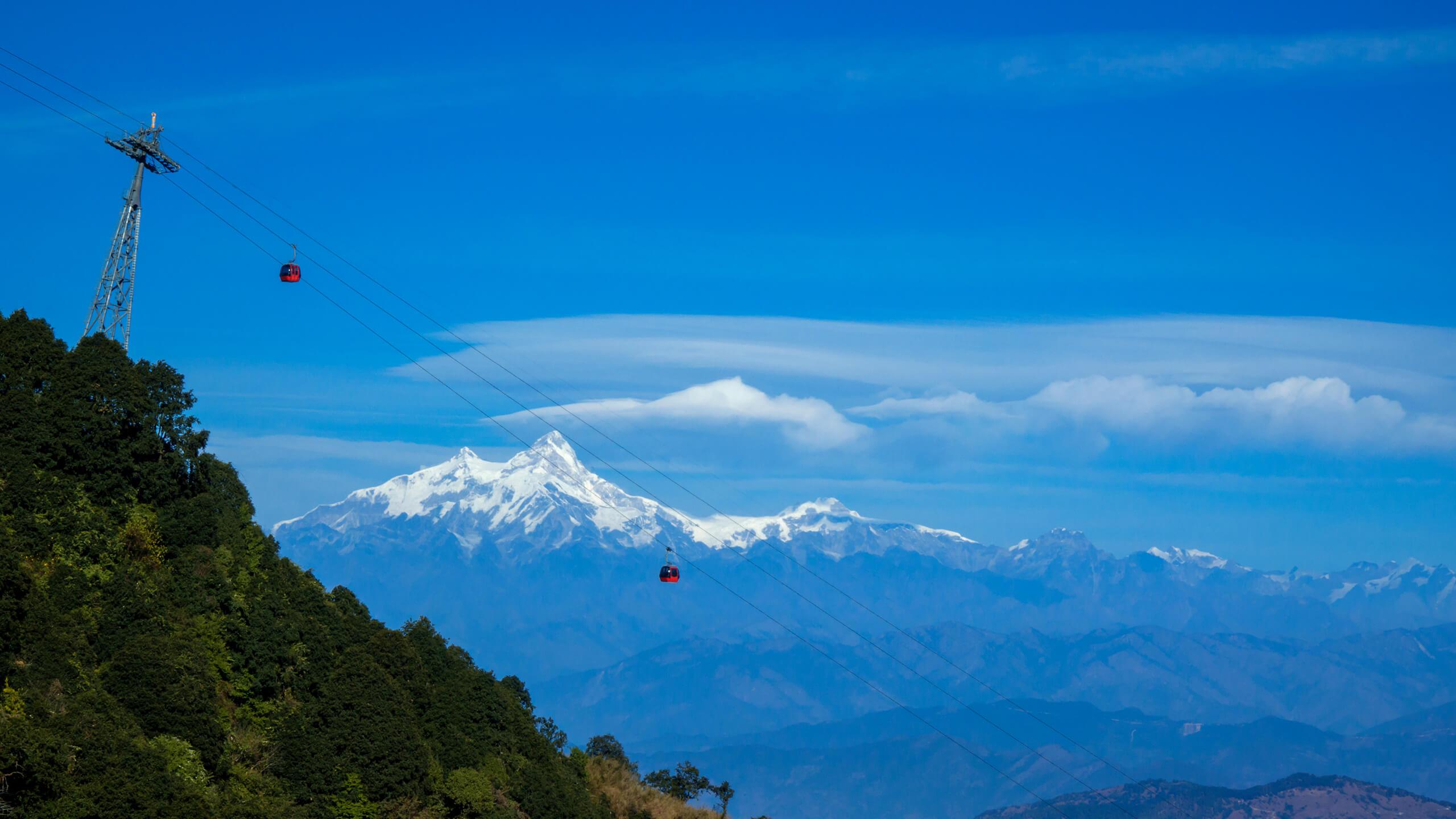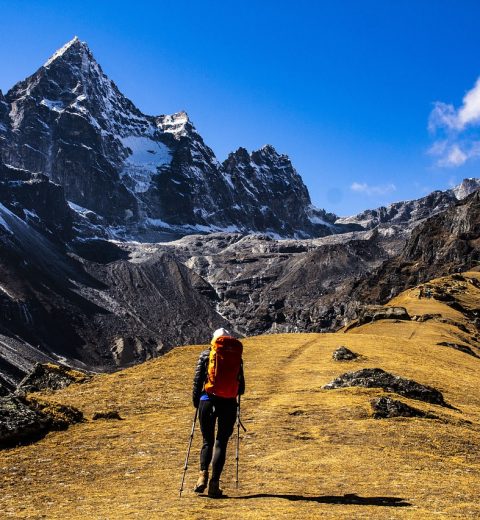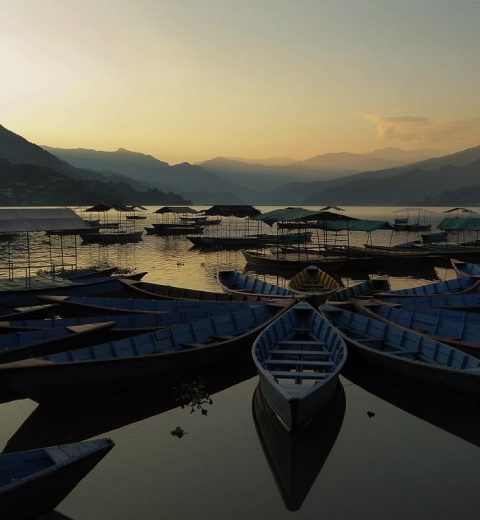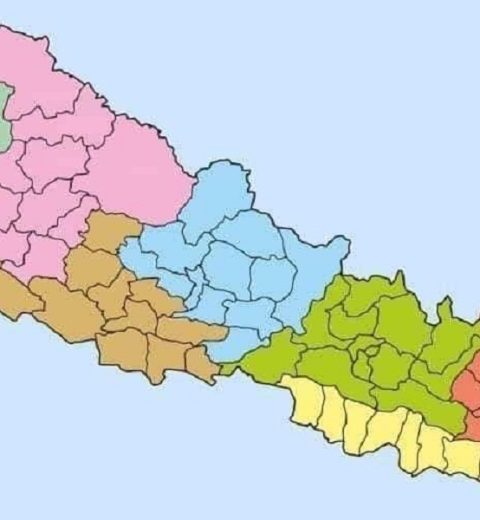Nepal, the land of the Himalayas, ancient temples, and warm smiles, is not only one of the most breathtaking destinations in the world but also a safe and welcoming country for international travelers. Whether you’re dreaming of trekking to Everest Base Camp, exploring the vibrant streets of Kathmandu, or finding peace in Pokhara’s serene lakes, Nepal offers unforgettable experiences with a strong culture of hospitality.
In this guide, we’ll cover everything you need to know to travel safely and confidently in Nepal—so you can focus on the adventure, not the worries!
🏔️ Why Nepal is a Safe Travel Destination
1. Low Crime Rates & Friendly Locals
Nepal is known for its low violent crime rates, especially against tourists. The Nepali people are famously hospitable, often going out of their way to help visitors. While petty theft (like pickpocketing in Thamel or Pokhara) can happen, basic precautions keep risks minimal.
✅ Safety Tip:
- Use a money belt or hidden pouch for valuables.
- Avoid flashing expensive gadgets in crowded areas.
2. Well-Established Tourist Infrastructure
From licensed trekking agencies to reputable hotels and tour operators, Nepal has a strong tourism industry built on safety and reliability. Popular routes like the Annapurna Circuit and Everest Base Camp have teahouses, medical posts, and emergency protocols in place.
✅ Pro Tip:
- Book treks with government-licensed guides (look for TAAN or NTB certification).
- Use registered taxis or ride-sharing apps like Pathao in cities.
3. Safe for Solo & Female Travelers
Nepal is one of the best destinations for solo travelers, including women. The trekking routes are well-populated, and locals are respectful. Many female travelers report feeling safer in Nepal than in Western cities.
✅ Solo Travel Tip:
- Stay in guesthouses with good reviews (especially in Kathmandu & Pokhara).
- Join group treks if hiking alone feels daunting.
⚠️ Important Safety Considerations
1. Altitude Sickness (AMS) – The Biggest Risk
The real danger in Nepal isn’t crime—it’s altitude. Over 50% of trekkers experience mild AMS (headaches, nausea) above 3,000m. Severe cases (HAPE/HACE) are rare but life-threatening.
✅ How to Stay Safe:
- Ascend slowly (no more than 300–400m per day above 3,000m).
- Drink 3–4L of water daily (dehydration worsens AMS).
- Carry Diamox (consult a doctor before your trip).
2. Transportation: Roads & Flights
Nepal’s mountain roads can be bumpy and chaotic, and domestic flights (like Kathmandu-Lukla) are weather-dependent.
✅ Safe Travel Tips:
- Choose tourist buses (Greenline, Buddha Express) over local ones.
- Allow buffer days for flight delays (especially in monsoon).
3. Food & Water Safety
Nepal’s street food is delicious, but stomach bugs are common for first-timers.
✅ Stay Healthy:
- Drink only bottled/filtered water (avoid ice in drinks).
- Eat hot, freshly cooked meals (avoid raw salads).
🌏 How Safe is Nepal Compared to Other Countries?
| Destination | Petty Theft | Transport Risk | Health Risks | Overall Safety |
|---|---|---|---|---|
| Nepal | Moderate | Moderate (roads) | High (altitude) | Very Safe |
| India | High | High | Moderate | Less Safe |
| Thailand | Moderate | Low | Low | Very Safe |
| Peru | Moderate | Moderate | Moderate | Similar to Nepal |
Verdict: Nepal is safer than India, similar to Peru, and slightly riskier than Thailand—but with proper prep, it’s extremely secure.
🚀 10 Tips for a Safe & Amazing Nepal Trip
- Get Travel Insurance (covers altitude rescues).
- Register with Your Embassy (e.g., U.S. STEP Program).
- Use Reputable Tour Operators (check TAAN/NTB licenses).
- Avoid Monsoon Trekking (July–September = landslides).
- Carry a Basic First-Aid Kit (bandages, diarrhea meds).
- Learn Basic Nepali Phrases (“Namaste,” “Dhanyabad”).
- Dress Modestly at Temples (cover shoulders/knees).
- Keep Emergency Numbers Saved:
- Police: 100
- Tourist Police: +977-1-4247041
- Stay Hydrated & Watch for AMS Symptoms.
- Trust Your Instincts—Nepal is safe, but stay aware.
🏥 Health & Medical Safety
- Vaccinations Recommended: Hepatitis A, Typhoid, Tetanus.
- Best Hospitals:
- CIWEC Clinic (Kathmandu) – Travel medicine specialists.
- Patan Hospital – Reliable emergency care.
🙏 Cultural Respect = Safer Travel
Nepalis are deeply respectful of their traditions. A few key tips:
- Remove shoes before entering temples.
- Don’t touch offerings or sacred objects.
- Ask before photographing people.
💬 Real Traveler Stories
“I trekked solo to Annapurna Base Camp and felt safer than in my hometown! The locals were incredibly kind.” – Emma, Australia
“My guide noticed early AMS symptoms and descended immediately—saved my trip!” – Mark, USA
✅ Final Answer: Yes, Nepal is Safe (If You Prepare!)
Nepal is not only safe but one of the most rewarding travel destinations in the world. With friendly locals, well-trodden tourist trails, and a culture that respects visitors, you’re in for an incredible journey.




